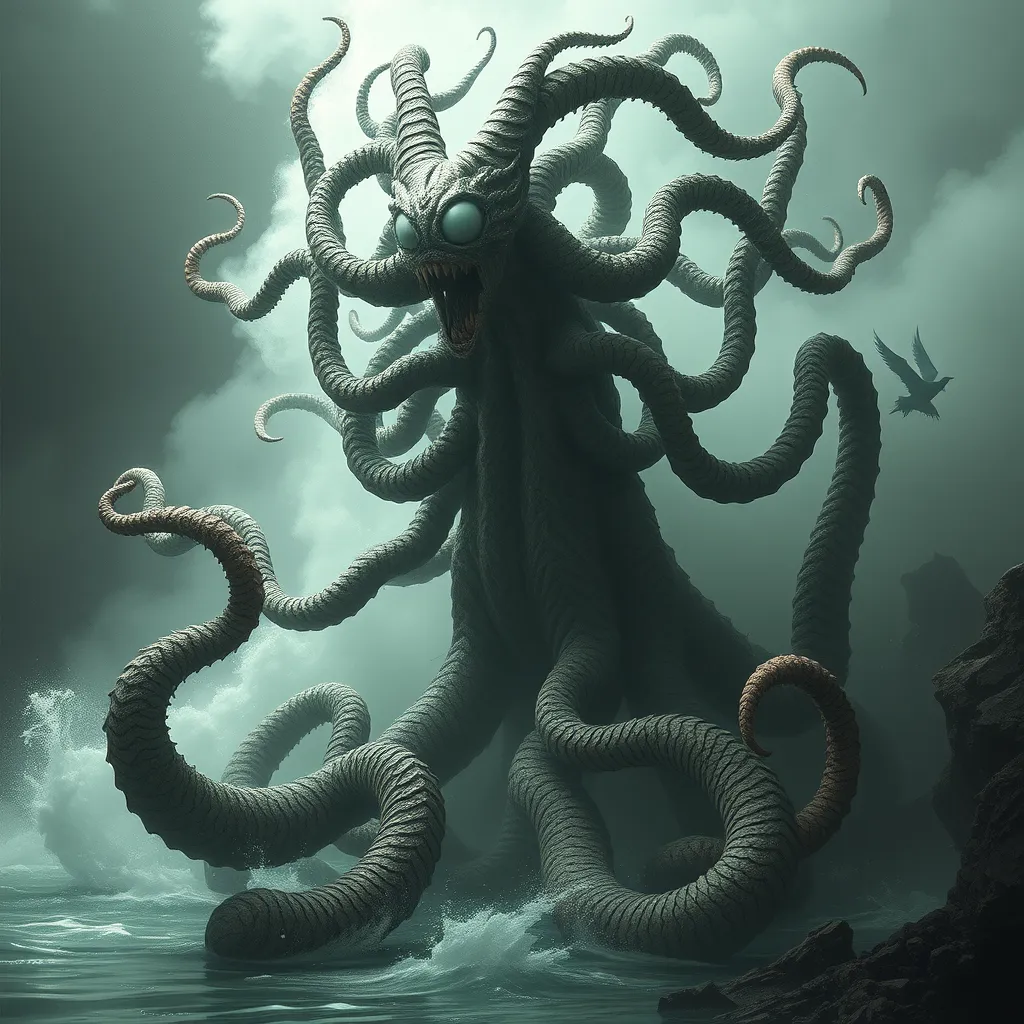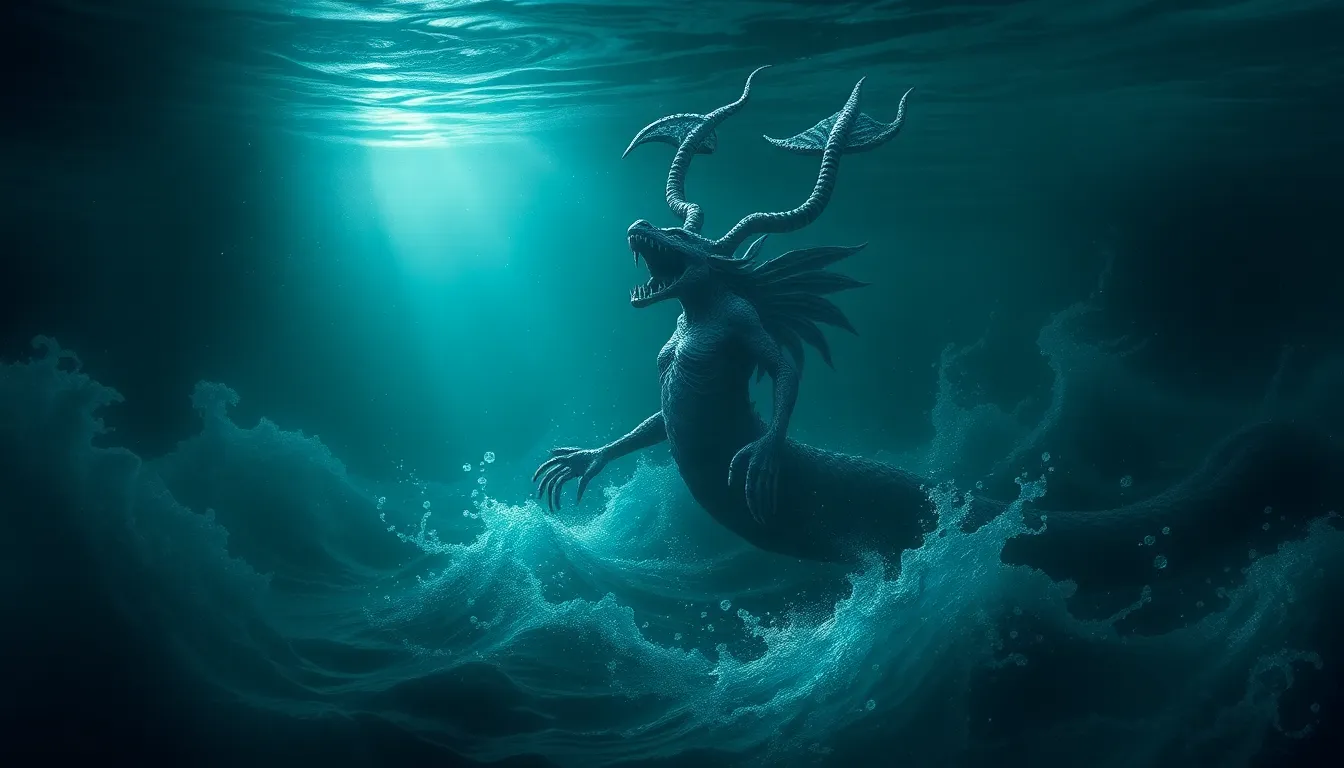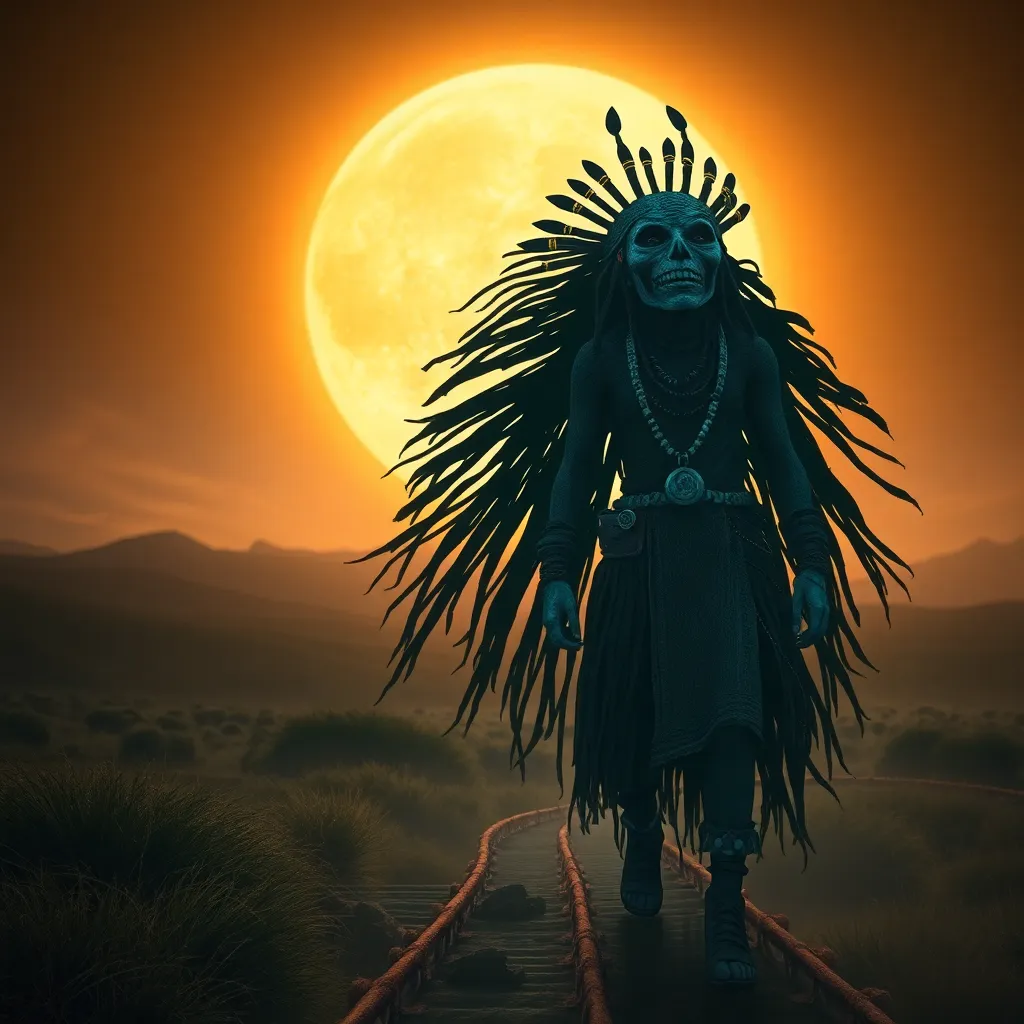Hydra in Contemporary Art: Exploring the Monster’s Role in Modern Art and Expression
I. Introduction
The Hydra, a fearsome creature from classical mythology, is often depicted as a serpentine monster with multiple heads. According to myth, whenever one head was cut off, two more would grow in its place. This regenerative ability has made the Hydra a compelling symbol across various artistic expressions, embodying themes of resilience, complexity, and the struggle against insurmountable odds.
In contemporary art, the Hydra transcends its mythological roots, representing multifaceted concepts such as identity, transformation, and the human experience. Artists today draw upon the Hydra’s rich symbolism to explore the intricacies of modern life, making it a relevant icon in current cultural discourse.
This article aims to delve into the multifaceted role of the Hydra in modern artistic expression, examining how this mythological figure continues to inspire and challenge artists across diverse mediums.
II. The Hydra as a Symbol of Complexity and Duality
The Hydra’s multiple heads and regenerative qualities serve as a powerful metaphor for complexity and duality in contemporary society. Artists interpret the Hydra in various ways, often reflecting contemporary themes such as:
- Identity: The Hydra’s multiple heads can symbolize the fragmented nature of identity in the modern world.
- Multiplicity: The creature embodies the idea that individuals can possess multiple identities or facets that coexist.
- Transformation: The Hydra’s ability to regenerate mirrors the human capacity for change and adaptation.
Artists like Nick Cave and Kiki Smith utilize the Hydra motif to explore these themes. For instance, Cave’s work often confronts issues of race and identity, paralleling the Hydra’s dual nature of beauty and monstrosity.
III. The Hydra in Visual Arts
In the realm of visual arts, the Hydra has inspired a variety of contemporary artists who incorporate its imagery into their work. Notable artists include:
- Takashi Murakami: Known for his vibrant and playful aesthetics, Murakami’s work often features fantastical creatures reminiscent of the Hydra.
- Yayoi Kusama: Her repetitive patterns and immersive installations reflect the Hydra’s theme of multiplicity.
- Matthew Barney: In his “Cremaster” series, Barney explores themes of regeneration and transformation that resonate with the Hydra myth.
Specific artworks that depict the Hydra often utilize a range of techniques and mediums, including painting, sculpture, and mixed media. For instance, Kusama’s installations immerse viewers in a world of repeating forms that echo the Hydra’s many heads, inviting contemplation on identity and existence.
IV. The Hydra in Performance Art
Performance art has also embraced the Hydra concept, with artists using it as a metaphor for resilience and adaptation. For example, performance artists like Marina Abramović have explored themes of endurance and transformation, aligning with the Hydra’s regenerative qualities.
Notable performances that exemplify Hydra themes include:
- The Artist is Present: Abramović’s iconic piece explores the endurance of the human spirit, reminiscent of the Hydra’s resilience.
- Ritualistic Performances: Artists often incorporate elements of repetition and transformation, echoing the Hydra’s ability to regenerate.
Through these performances, the Hydra becomes a symbol of the artist’s struggle and adaptation in the face of societal challenges.
V. The Hydra in Literature and Poetry
The Hydra myth has also found its way into contemporary literature and poetry, serving as a powerful metaphor for personal and societal struggles. Writers engage with the Hydra to explore themes such as:
- Inner Conflict: The Hydra represents the battles individuals face within themselves.
- Societal Issues: The creature’s regenerative ability can symbolize systemic problems that seem impossible to eradicate.
Examples of contemporary literary works inspired by the Hydra include:
- The Hydra by Anne Carson: A poetic exploration of identity and transformation.
- The Many-Headed Beast by Claudia Rankine: A reflection on race and identity in America.
Through these narratives, the Hydra becomes a poignant symbol of struggle and resilience in the face of adversity.
VI. The Hydra in Digital and New Media Art
The evolution of digital art has provided new avenues for exploring the Hydra’s symbolism. In this context, the Hydra takes on innovative forms, including:
- Interactive Installations: Artists create immersive experiences that allow viewers to engage with the Hydra concept actively.
- Virtual Representations: Digital platforms enable the visualization of the Hydra in dynamic and transformative ways.
For example, artists like Rafael Lozano-Hemmer use technology to create interactive installations that embody the Hydra’s regenerative qualities, inviting participants to reflect on their relationship with the artwork and the themes it represents.
VII. Cultural Significance and Interpretations of the Hydra Today
The Hydra remains relevant in contemporary cultural discourse, serving as a powerful symbol of the complexities of modern life. Comparisons with other mythical creatures, such as the Chimera or Kraken, highlight the unique qualities of the Hydra:
- Unlike the Chimera, which combines different animals, the Hydra’s focus on regeneration emphasizes resilience.
- Compared to the Kraken, the Hydra’s multiple heads symbolize the many facets of identity and the challenges of modern existence.
Furthermore, the Hydra serves as a tool for social commentary and critique, allowing artists to address pressing societal issues through its mythological lens. This adaptability speaks to the enduring nature of myth in reflecting and shaping cultural narratives.
VIII. Conclusion
In summary, the Hydra’s impact on contemporary artistic expression is profound and multifaceted. From visual arts to performance and literature, the Hydra continues to inspire artists to delve into themes of identity, transformation, and resilience. As we look to the future, the exploration of mythological themes in art will likely evolve, with the Hydra serving as a timeless symbol of the complexities of human experience.
The enduring legacy of the Hydra in modern culture highlights its relevance and adaptability, ensuring that it remains a vital part of artistic dialogue for years to come.




